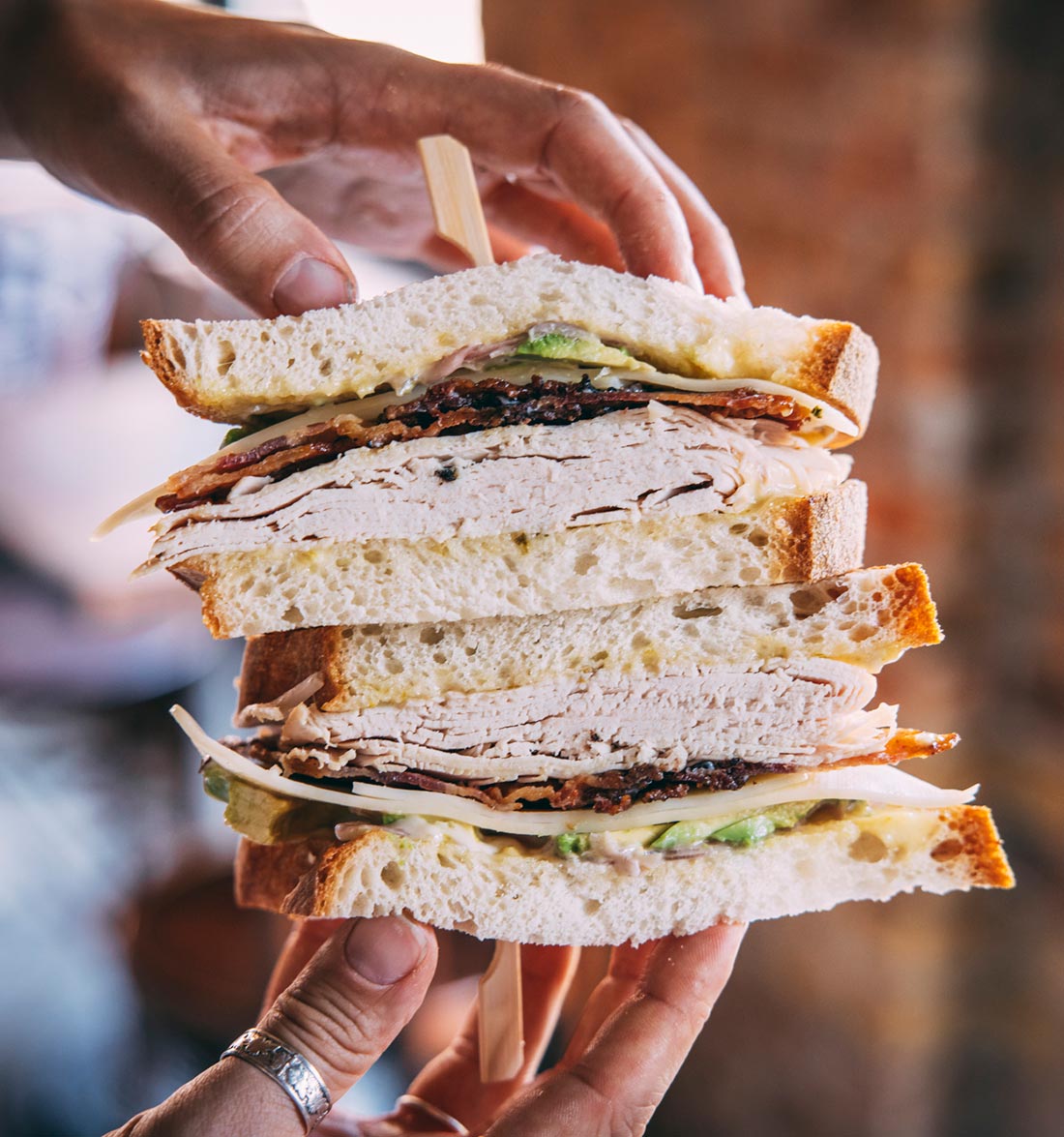Constructive criticism is an essential part of growth for any career path, however, as a chef, feedback is especially critical in shaping the outcome of a chef’s reputation and a restaurant’s future.
Whether in the kitchen between chefs, customer feedback or reviews from the media, “Accepting constructive criticism is a crucial skill for any professional chef,” advises Sujan Sarkar, chef-owner of Indienne in Chicago.
So how does one learn to gracefully accept constructive criticism and furthermore, how can one respectfully share constructive feedback? We asked five MICHELIN Guide chefs to share their techniques on giving and getting constructive criticism in the industry. Here’s what they had to say (spoiler alert: their advice is applicable across professions, whether you're a chef or a CEO).
Customize Your Feedback
Every individual receives feedback differently, so one of the most important things to take into account before giving feedback to someone, is to really know who you’re giving it to. “Some people like to receive it in the moment, in front of the whole kitchen, while others prefer to hear it afterwards in a one-on-one environment,” shares Lee Wolen, chef-partner of Boka in Chicago. He learned this early in his career when working under Daniel Humm at Eleven Madison Park. “I would bring him a sauce to taste and 99 times out of 100 he would tell me to add more salt or more acid and he was always right. We would taste it together afterwards and he had helped me make a better sauce."

Keep Feedback Factual
Early in his career, Mike Lanham, chef at Anomaly SF in San Francisco, says he was “uncommonly lucky” to have chefs John Madriaga and David Bialecki as mentors (at San Francisco’s Spruce restaurant). “There was a very obvious standard for what level a dish had to be in order to be added to the menu — we simply looked at the food in those terms,” he shares. Therefore, feedback started with a series of informative questions to focus on the task at hand. In this way: “Feedback was very factual — it was not positive or negative, good or bad.”

Avoid Emotions
A seamless way to keep feedback factual is to avoid emotionally charged phrases and blame, says Lanham. “I often give feedback based on how the food is executed. If something is not correct, often other team members help to get the product or technique to the place that it needs to be before we open for service.”

Feedback is Professional, not Personal
“Whenever we hire and train new staff, we always make it a point early on to explain that any criticism they may receive is professional, not personal, and should be taken as such,” says Daniel Evers, chef at Itria in San Francisco. He remembers a particularly large batch of short rib filling he made for a ravioli dish when he was a pasta chef at Marea in NYC. The lead chef didn’t agree with the level of salt in the dish so he took the time to slowly adjust — while explaining — the salt to the proper level. “The worst way to teach someone is for them to have you think you are picking on them personally; it’s important they understand you are expecting they will make mistakes and that all you expect is that they continue to learn from them.”

Feedback Might Sting, But Keep the Tone Positive
“I always value the opinions of my staff, and I encourage them to tell me the truth; it might sting sometimes, but I always know that they are right, and I just needed to hear it,” says Emma Bengtsson, executive chef at Aquavit in NYC. She adds how feedback, when given in the right way, can create a positive and growing environment for young chefs. “I believe if you approach it with a positive attitude and an answer to how they went wrong, it gives them a better chance of learning from it.”

Embrace Constructive Feedback as a Tool for Change
When the person in the highest position sets the tone that constructive feedback is essential, then there’s a mutual understanding for its place in the kitchen. “Some of our most valuable improvements have come from constructive criticism,” says Sarkar, and that’s why every piece of guest feedback is shared during their morning and pre-line up meetings—both praise and constructive criticism. “This ensures that everyone is on the same page and understands what our guests are saying. Together, we can turn every piece of feedback into an opportunity for growth.”

Hero image: Eleven Madison Park / Chef Daniel Humm chatting with guests in the dining room



















